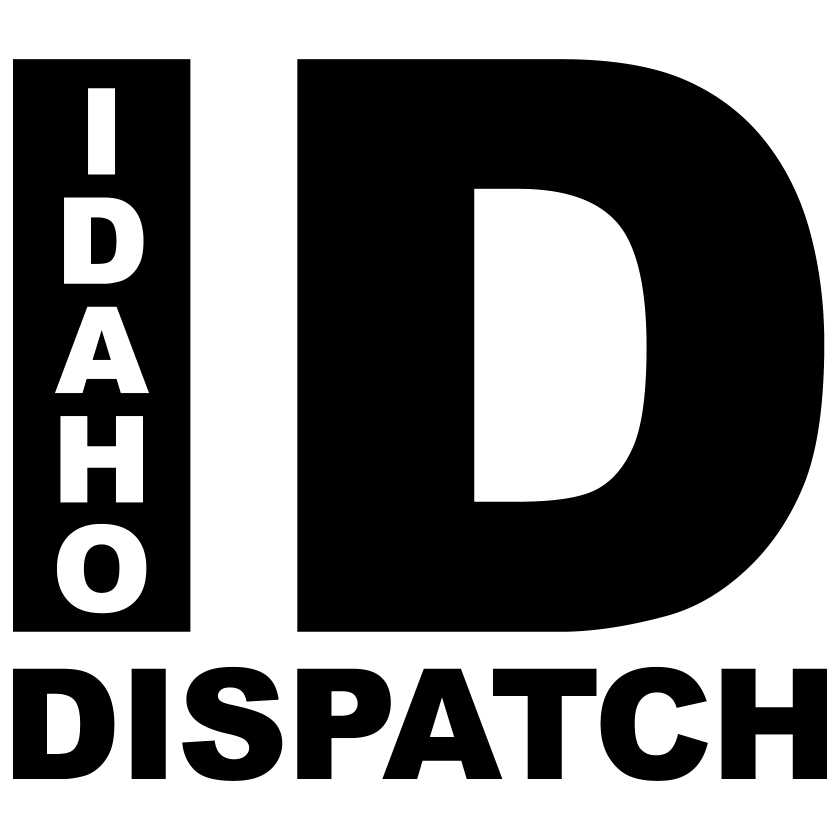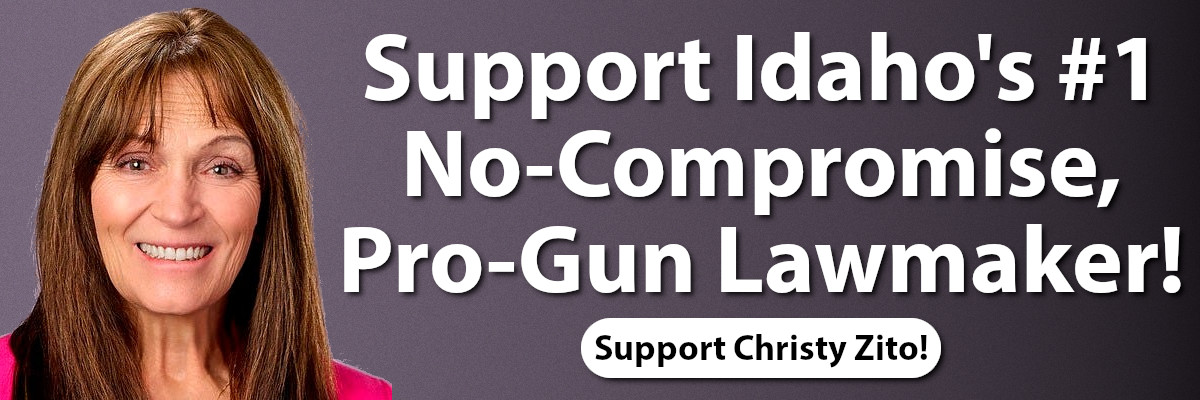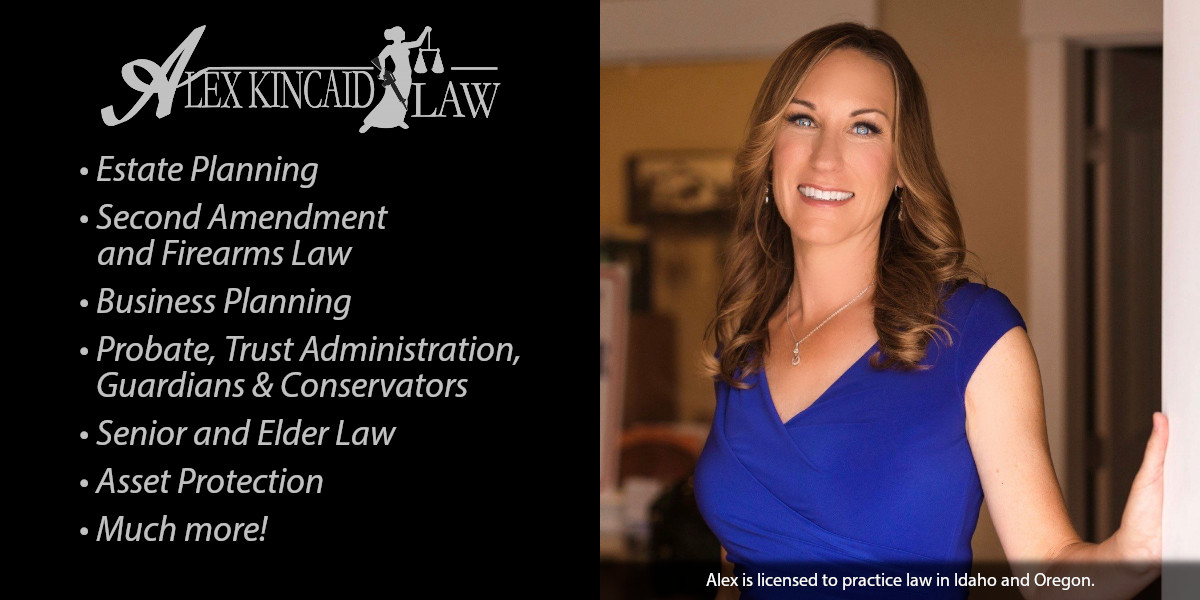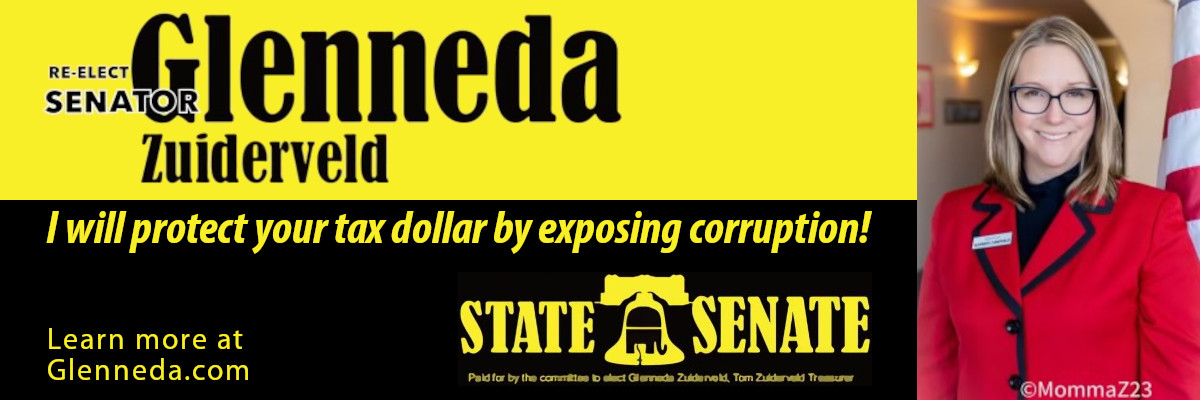
Op-Ed: Not Enough Water
By Suzanne Knorr • August 20, 2022Imagine a day without water. Now imagine four or five months without water, and counting. Many residents in the Treasure Valley find themselves in the unenviable position of being
waterless on a well system that had worked just fine, until the water ran out. High-demand pumping doesn’t just affect residents on a well. Think of an aquifer as nature’s great big
underground storage tank, a convoluted maze of a container made of rock and sediment. Like any tank, it can be emptied, especially if it isn’t getting refilled. Groundwater is a precious
resource, and once an aquifer is pumped dry, it is often lost as a water source for good. Imagine water and wastewater bills getting more and more expensive. Imagine if all water in
Idaho became scarce and rationed. This prospect is not so far-fetched.
Wells at depths ranging from 75 feet to 120 feet have been running dry at an accelerating rate over the past four years, according to the residents experiencing running out of water firsthand.
The latest crash of dry wells in southwest Boise coincidentally turned up around the same time Suez pumped water from the Treasure Valley aquifer up to the new Avimor development north
of the city of Eagle earlier this year. Becky Goehring at the Department of Environmental Quality now recommends residential well depths of at least 170 feet. According to a recent water supply study, “some [municipal supply] wells have seen declines corresponding to recent production increases in those [municipal supply] wells.” A decline in water level, known as drawdown, commonly occurs when there is a change in pressure because water is being removed through pumping at deeper levels which pulls water down from upper aquifer levels. If the municipal supply wells see such declines, wouldn’t the shallower residential wells also? An expert with Ada County Development Services estimates the Treasure Valley aquifer is receding at a rate of six inches per year. Seventy percent of the water provided by Veolia, formerly Suez, comes from groundwater, and the percentage is higher for other water purveyors in the Treasure Valley.
Rural residents on 100% groundwater found themselves engulfed by urbanization with very little say in the explosion of growth. As open land disappears, less and less water trickles down to the aquifers. In fact, 14,093 building permits were issued since January 1, 2020, just in Ada County alone. The Community Planning Association of Southwest Idaho speculates Ada County’s population — already at 511,973 according to the latest census7 — could explode to one million people by 2040. Where will the water come from? More building means more asphalt and more concrete, channeling rainwater and runoff to the rivers where water flows too fast to percolate through the soil to the water table. There are ways to build permeability into the construction plans, such as permeable asphalt or pavers, and plan for recharging the aquifer as part of the project to minimize impact, but as of now such actions are strictly voluntary.
Solving the problem of a dry well becomes incredibly expensive, and the cost is born by the homeowner, with the current high cost of living and while retailers are rationing gallon bottles of water. The cost of drilling can be upwards of $30,000-$50,000, and the cost of connecting to the local water purveyor has fetched quotes of up to $110,000 — with the closest company water line just around the corner and down the street according to one neighbor. No wonder some residents have had to sell their homes — with a dry well, at below market value, while paying property taxes at market value.
Residents reaching out to local, state, and federal agencies find themselves in a giant goose chase with each agency referring to another agency, often in effect receiving a collective shrug, even a “Wells dry up every year,” or “There’s no money in the budget for that,”10 at least in my experience. Didn’t the Governor recently allot considerable funds for water and waste water development out the state’s budget surplus? Ada County staff at the Commissioner’s office said none of that allotment came to Ada County, and staff at the Governor’s office did not return my messages. Could affected residents even depend on relief from the state, which is still charging a grocery tax? At least Ada County recently assigned one person to assess the dry well situation, so people having trouble with their well can email specifics to Zack Kirk of Ada County Development Services at zk***@ad******.gov. So far, through his efforts, Ada County has agreed to fund bringing a municipal water line to certain streets identified in four main areas with dry wells. The plan is to begin breaking ground around mid-September of 2022. Once installed, it will be up to the homeowner to connect their property to main line to their property.
This is welcome relief to the residents in those areas, but what will happen when other wells run dry? What about in the future of water in Idaho, with the explosive rate of growth? Solving
complex problems benefits from a formal interdisciplinary approach. Idaho is very fortunate to have the depth of knowledge available in the experts working in state and local agencies,
expertise to which leaders will hopefully pay attention. The drumbeat of development keeps rolling at an ever-increasing rate, and state and local leaders can no longer afford to react to
problems rather than proactively planning for contingencies. The groundwater we are all relying on is too precious to take for granted. Dry wells are just the first symptom. Leaders
entrusted to effectively manage continued growth must take steps to preserve the aquifers, before it is too late.
1 https://boisedev.com/news/2022/04/04/avimor-idaho-water/, accessed online on August 1, 2022
2 Personal conservations by telephone with Becky Goehring between July – August 2022.
3 “Treasure Valley Water-Supply Options to Meet Projected Municipal Demand, prepared for Veolia Water Idaho, Inc. by HDR/SPF, published
May 23, 2022
4 Personal conversations by telephone with Zack Kirk, Engineer, Ada County Development Services, July – August 2022
5 https://www.veolianorthamerica.com/contact-us/find-office/boise-id; https://waterzen.com/water-providers/suez-water-idaho/
Accessed online on August 1, 2022
6 Personal conversations by phone with Margaret Carmel, BoiseDev Senior Reporter between June and July 2022, and on August 2,
2022
7 https://www.census.gov/quickfacts/adacountyidaho
8 https://www.ktvb.com/article/news/is-the-treasure-valley-ready-for-the-massive-population-growth-expected-by-2040/277-
b62a54a9-0f34-4c67-bbe9-9c78de759bb6, accessed online on August 1, 2022
9 Personal conversation by telephone with an IDWR representative on the afternoon of August 5, 2022, intentionally unnamed.
10 Personal conversation by telephone with Brian Daly, Director, Housing and Urban Development, Boise field office
11 Personal conversation by telephone with Zack Kirk, Engineer, Ada County Development Services, August 10, 2022
Note: This Op-Ed was submitted by Suzanne Knorr. Op-Eds do not necessarily reflect the views and opinions of those at the Idaho Dispatch.
Tags: Ada County, Suzanne Knorr, Water, Well
15 thoughts on “Op-Ed: Not Enough Water”
Comments are closed.








This op-Ed is correct. I would add that municipalities are supposed to consider resource usage when evaluating developments for approval but they gloss over issues of potable and irrigation water availability and approve development indiscriminately. The citizens need to replace local elected officials with people who represent all citizens, not just developers.
Wait until that Facebook Meta center opens (because Republicans, who should have known better, voted for it) opens and siphon thousands more gallons of water every day.
To not take into account critical infrastructure with all the development going on seems to be the norm. I don’t know if there is any way to sue regarding some one taking your water. I personally have two shares of irrigation in my area and I figure at some point I’m going to end up getting involved in order to protect it.
All wells on the south side of the Boise River that are less than 300′ are being fed by canal and irrigation seepage. To reach the aquifer the well should be 350′ + deep. The city wells in Nampa are 350-450′ deep and run water with a temperature in the low 70’s. Any new subdivisions beyond a city connection should be required to drill a community well. yes your 150′ wells will go dry.
Our enlightened council critters approve all the growth with out long term thoughts . but then the got their lobby dollars .
And by the time the you-know-what hits the fan, they’ll be long out of office and living the high life! It’s all about the “now” and the future be damned.
Hooking every property up to city water doesn’t really solve the problem either. The problem is that we are oversubscribed: too much population trying to live IN A DESERT.
This isn’t the coast.
We live in the desert just over the Ada/Elmore line and we are facing an incredible growth spurt in the Mayfield/Mountain Home area and are already dealing with critical water issues. Mountain Home Air Force Base has had serious water issues for a number of years and it is not certain if the stop gap measures that are currently implemented will be sufficient to insure its survival. We have complained to our Elmore County commissioners but they do not seem to want to seriously address this uncontrolled growth. It’s the developer with the money and when they get their way they’ll take their money and run.
I can’t believe how complacent people are. Whenever there is a problem, we expect the government to fix it, on their terms, never ours. One reason is that people love to complain, and many have no idea about the bigger issue behind resources like water. Well, let me help those that don’t yet understand…. They want to control you, your family size, your meat intake, your ability to travel, your ability to own land, your air, your weather, your ability to buy and sell, your economy, your environment, your laws and yes…your water too. Is it too much to bang enough heads together to help people see what is happening? SOme even know America is in a free fall but most go about their daily business or focus on some triviality of the day and miss the 900lb gorilla in the room. So, there are a few that know what I am talking about but, at least half og them have no idea who is behind it because they don’t want to tarnish their narrow-visioned worldview. The sad part is while people are ignoring what is plain to see, they have suddenly have inadvertently sided with the enemy. Sure, water can be limited due to people building and other issues but, like healthcare, people want to eat crappy, then when they have ailments and can’t afford healthcare, they sure expect it. Water is no different, we are as reactive as always… to hell with building water collection systems, we will “let the experts” control the water of the people and make them pay for it! Oh, as for foreign companies owning our resource companies, how stupid can we be? Maybe we should offer it all to Communist China, they already own everything anyway. Well, I guess you could say the French is a better option to which I would say, sure they are, they love America more than globalism? Uhh, no.
This is just ONE good reason that we need to stem the rapid growth of Idaho, and especially Ada County. Yes, we are growing conservative bases, but the physical impacts are killing us. We need to manage a stable population growth, not a wildcat well of newcomers.
So many cities have gone through this. When it happens the locals blame the newcomers. It happens over and over and over again. There is nowhere to run. My parents did run long ago and the government allowed their house to burn down in a rural area. No water, no flame retardant. Agenda 2030. They’re far worse off than ever before, poorer with fewer assets and no where else to run.
Send an email to dr**********@gm***.com to get updates and find out about the petition.
We as citizens need to use the laws on the books to our own benefit. Under Idaho Code Title 34, Chapter 1801B we as citizens have a right to push for referendums inside of our own communities. This law does not just apply to the state, but it applies to the county and even you city. Granted this isn’t an immediate process with an immediate impact, but it does give the citizens the power to change how their communities are being run, and its an end-run around the county commissioners and city councilmembers who have chosen to ignore so many issues important to local residents. A suggestion, which I think will tick off a lot of people and non-resident developers who are strip mining our communities, is to push for a referendums which would limit the growth of communities to a more sustainable 3 to 5% annual growth rate, instead of the 10 to 12% that a lot of communities are experiencing at the moment. To get a referendum on an odd year ballot it only requires 20% of the electorate that voted in the previous election. Where I live it would only require roughly 1,100 signatures (which have to be verified by the county, or city clerk). There are time constraints on the referendum process, but it is a feasible process that communities need to take full advantage of. Once we start using the referendum process city councils and county commissioners will be forced to listen to the native residents.
Here is a link to the referendum process.
https://legislature.idaho.gov/statutesrules/idstat/Title34/T34CH18/SECT34-1801B/
Excellent information. Thank you.
Fyi, a presentation on water rights will be held on January 23, Monday, 6-9 pm at the Cloverdale Church of God.